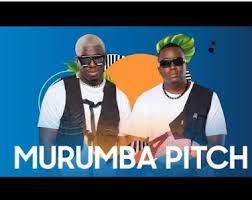In the realm of digital music, the woza nawe eemoh mp3 download format stands as an icon of innovation and convenience. Since its inception in the early 1990s, MP3 downloads have revolutionized how we consume and share music, shaping the landscape of the music industry and empowering listeners worldwide. Let’s delve into the journey of MP3 downloads, from its humble beginnings to its current status as a ubiquitous aspect of modern music culture.
Birth of MP3: The Digital Music Revolution
The MP3 format, short for MPEG-1 Audio Layer III, was developed by the Moving Picture Experts Group (MPEG) as part of the MPEG-1 standard in the late 1980s and early 1990s. Its primary objective was to compress audio files without significantly compromising audio quality, making it feasible to store and transfer music digitally.
In 1993, engineer Karlheinz Brandenburg and his team at the Fraunhofer Institute in Germany perfected the MP3 compression algorithm, achieving remarkable compression rates while maintaining impressive sound quality. This breakthrough laid the foundation for the digital music revolution.
Rise of MP3 Downloads: Empowering Music Enthusiasts
The widespread adoption of the internet in the late 1990s paved the way for the proliferation of MP3 downloads. Online platforms and peer-to-peer (P2P) file-sharing networks emerged, allowing users to share and download MP3 files effortlessly. Napster, launched in 1999, became the epitome of this revolution, enabling users to share their music collections with millions worldwide.
However, Napster’s peer-to-peer model faced legal challenges due to copyright infringement issues, leading to its eventual shutdown. Nonetheless, the genie was out of the bottle, and the demand for MP3 downloads continued to surge.
